
Introduction
Flexbox (upon which Quasar Flex CSS classes are based) module aims to provide a more efficient way to lay out, align and distribute space among items in a container, even when their size is unknown and/or dynamic (thus the word “flex”).
Key Concept
Quasar Flex CSS classes apply to either the Container (Parent) or the Container’s items (Children).
Managing Parents
Setting Directions
One of the following CSS classes is mandatory for the parent in order for ones on the children (described in next sections) to have any effect.
| Class Name | Description |
|---|---|
row |
Flex Row |
row inline |
Inline Flex Row |
column |
Flex Cloumn |
column inline |
Inline Flex Column |
row reverse |
Flex row with flex-direction set to row-reverse |
column reverse |
Flex column with flex-direction se to column-reverse |
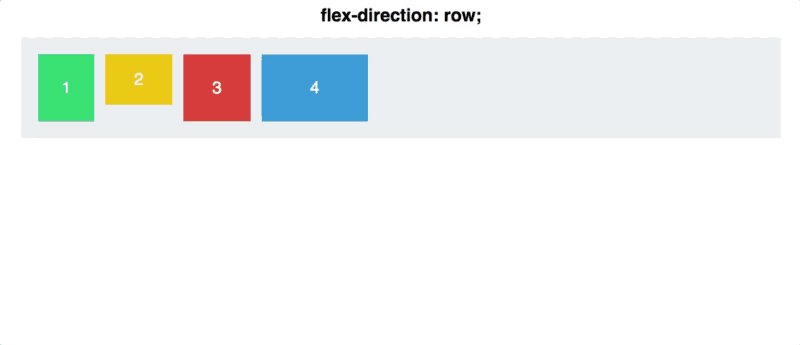
| 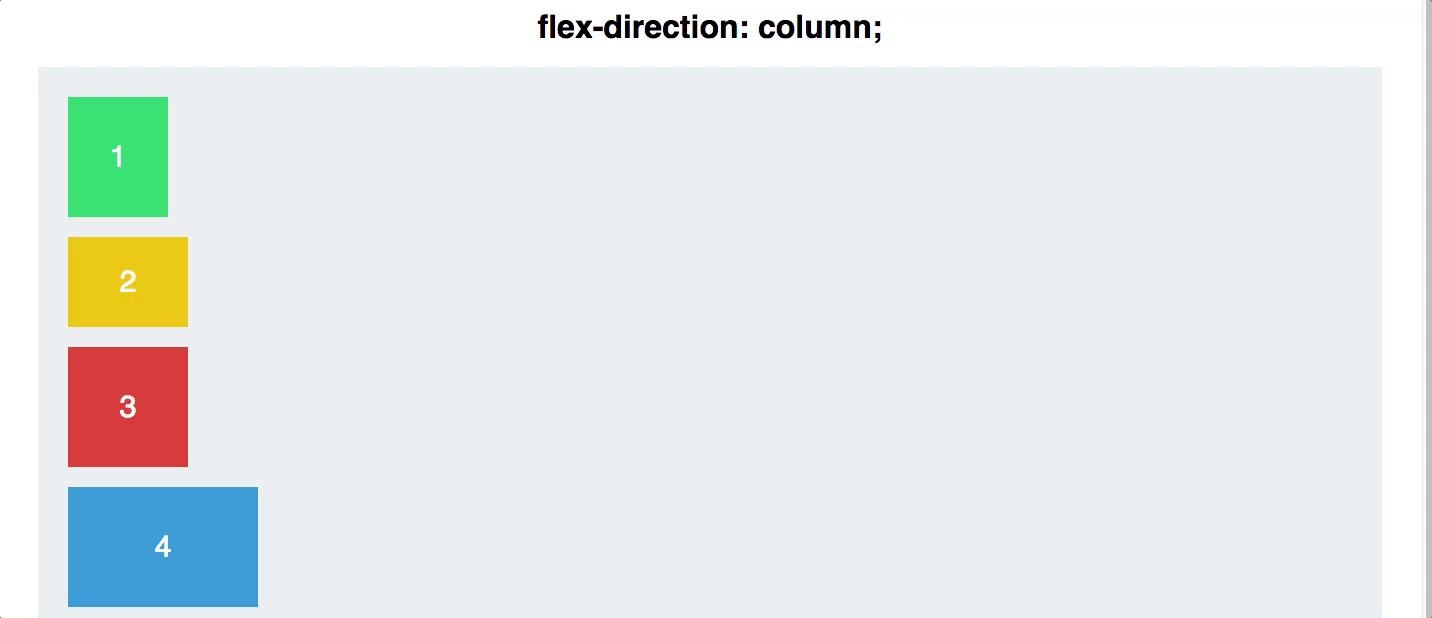 |
<div class="row">
<div>First column</div>
<div>Second column</div>
<div>Third column</div>
</div>
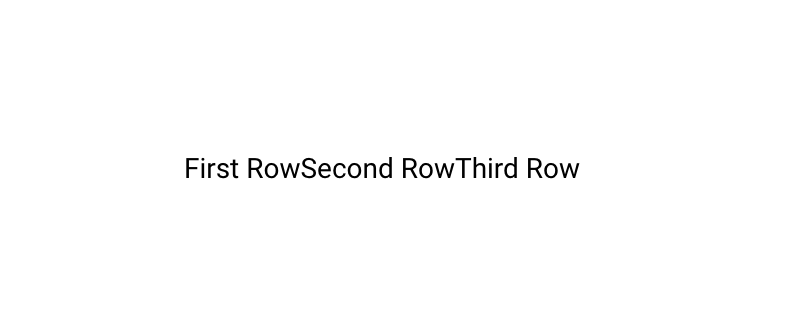
Wrapping by Default
By default, all rows and columns wrap their content.
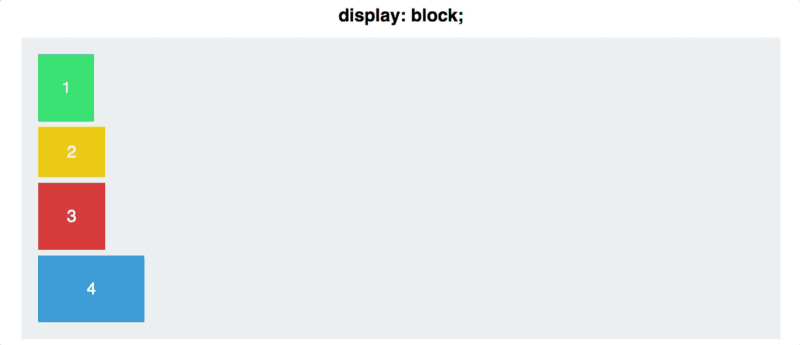
However if you explicitly do not want to wrap and by so doing you want to fit all content into one line, then add no-wrap CSS helper class.
Also, if you want to wrap in reverse order, then reverse-wrap is available.
| Class Name | Description |
|---|---|
wrap |
Wrap if necessary (“on” by default, no need to specify it) |
o-wrap |
Do NOT wrap even if necessary |
reverse-wrap |
Wrap backwards if necessary |
Alignment
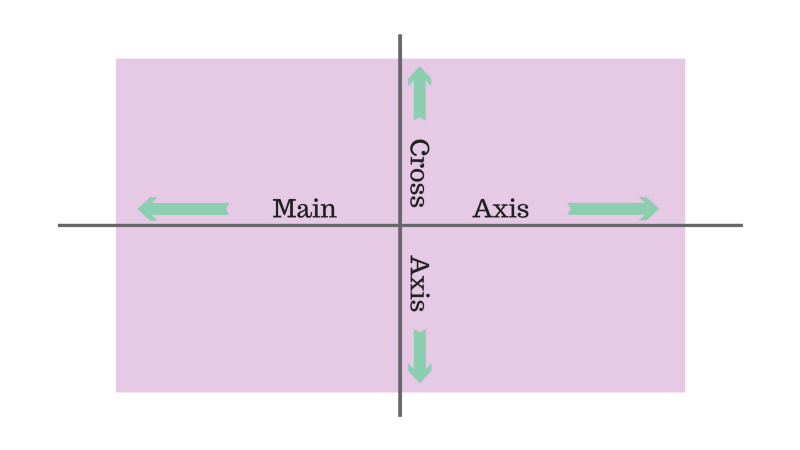
For alignment along the main axis, use classes below. It helps distribute left over free space when either all the flex items on a line are inflexible, or are flexible but have reached their maximum size. It also exerts some control over the alignment of items when they overflow the line.

For alignment perpendicular to the main axis, use classes below. This defines the default behavior for how flex items are laid out along the cross axis on the current line. Think of it as the horizontal-* version for the cross-axis (perpendicular to the main-axis).
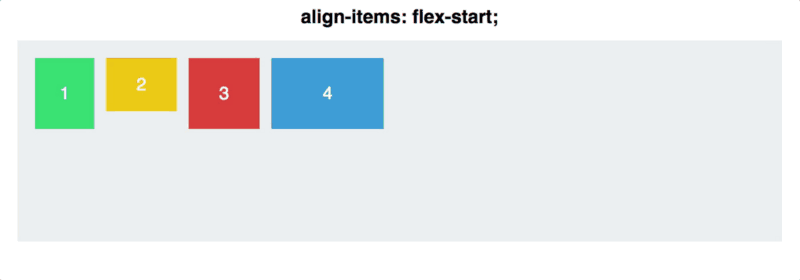
The next classes align a flex container’s lines within when there is extra space in the cross-axis, similar to how horizontal-* aligns individual items within the main-axis.
Managing Children
Distribution of Size
Quasar uses a 12 point column system for distributing the size of row children. Here are some examples of the available CSS helper classes:
<div class="row">
<div class="col-8">two thirds</div>
<div class="col-2">one sixth</div>
<div class="col-auto">auto size based on content and available space</div>
<div class="col">fills remaining available space</div>
</div>


In the example above, col-8 fills two thirds (2/3) of the row width, because 8/12 = 2/3 = 66%, while col-2 occupies one sixth (2/12 = 1/6 ~ 16.67%).
CSS helper class col-auto makes the cell fill only the space it needs to be rendered. col, on the other hand, tries to fill all space available while also shrinking if needed.
CSS helper class col-grow makes the cell fill at least the space it needs to be rendered, with the possibility to grow when more space is available.
CSS helper class col-shrink makes the cell fill at most the space it needs to be rendered, with the possibility to shrink when not enough space is available.
Another example with a visual representation below it:
<div class="row">
<div class="col">1</div>
<div class="col">1</div>
<div class="col">1</div>
<!--
we have 3 children, so equivalent
to above would be to use `col-4`
on each of the children
-->
</div>
<div class="row">
<div class="col-3">1</div>
<div class="col-6">2</div>
<div class="col-3">1</div>
</div>
It is also possible to offset a cell. For example: offset-4 offsets a third of space (4/12 = 1/3 = 33%).
Wrapping
Wrapping is a key feature in understanding Flex CSS classes. You are not bound to use exactly 12 points per row. You can use less or even more.
This allows you, among other things, to dynamically stack rows vertically on smaller screens while displaying them on a single line on bigger screens. Read the “Responsive Design” section.
<div class="row">
<div class="col-2">...</div>
<!-- 2 + 6 < 12, so next element is placed on same line -->
<div class="col-6">...</div>
<!-- 2 + 6 + 10 > 12, so next element wraps to next line -->
<div class="col-10">...</div>
<!--
10 + 3 > 12, so next element wraps to next line.
Note that we take into consideration the current line only
(with col-10 only, since it was wrapped to its own line).
-->
<div class="col-3">...</div>
</div>
Note that rows are wrappable by default. Should you wish to disable this, use the no-wrap CSS helper class.
Self Alignment
An item can override the aligned specified on parent. This allows alignment to be overridden for individual flex items. Please see the “Alignment” explanation from “Managing Parent” to understand the available values (self-start, self-center, self-baseline, self-end, self-stretch).

Order
You can set the order of child elements by using order-first and order-last CSS helper classes.
By default, flex items are laid out in source order. However, the order property controls the order in which they appear in the flex container. If you need more granularity, use order CSS property and assign the desired value.
Example:
<div class="row">
<div style="order: 2">Second column</div>
<div class="order-last">Third column</div>
<div class="order-first">First column</div>
</div>
Here is how the CSS order property works:
Responsive Design
Quasar Flex CSS classes can be applied based on the width of the screen, to help you in making a responsive UI. The 12 points grid is inspired by Bootstrap’s, so there are a lot of similarities.
What we’ve learned so far is that, for example, we can size the columns regardless of window width. If we are to create a responsive UI, we need to dynamically change the sizing while taking window width into account. First, let’s learn about some tokens that you can inject in middle of col-*, offset-* and col-auto helper classes (look at table below for tokens).
| Token | Max windows width | Description / When it applies |
|---|---|---|
xs |
599px | Extra small sized window |
sm |
1023px | Small sized window |
md |
1439px | Medium-sized window |
lg |
1919px | Large sized window |
xl |
Infinite | Extra large sized window |
Example: col-md-7, offset-lg-3, col-xs-auto.
A full example: let’s say we have a row with three children. In extra small windows, we need to stack the children vertically, In small windows we need to display them side by side (each having equal width), and starting with medium windows we should display them all on same line:
<div class="row">
<div class="col-xs-12 col-sm-6 col-md-4">
col
</div>
<div class="col-xs-12 col-sm-6 col-md-4">
col
</div>
<div class="col-xs-12 col-sm-6 col-md-4">
col
</div>
</div>
Notice in the above example that we used col-xs-12 (12/12 = 100% of row, so each child will take full width of the container making all children stack vertically, since rows wrap content by default), col-sm-6 (6/12 = 50% of row) and col-md-4 (4/12 = 33% of row).
Like previously mentioned, rows wrap content by default, so when 12 (or more) grid points are used for a row, content is wrapped to the next line. If we have two <div>s and we use col-8 on both, they will also stack, since 8 + 8 = 16 and we can only display 12 points on a single line.
<div class="row">
<!--
more than 12 grid points together,
so second <div> will wrap on next line
-->
<div class="col-8">col</div>
<div class="col-8">col</div>
</div>
Also check Visibility Style page to see thresholds on window width and these tokens (xs, sm, md, lg, xl) used on their own to hide or show DOM elements.









